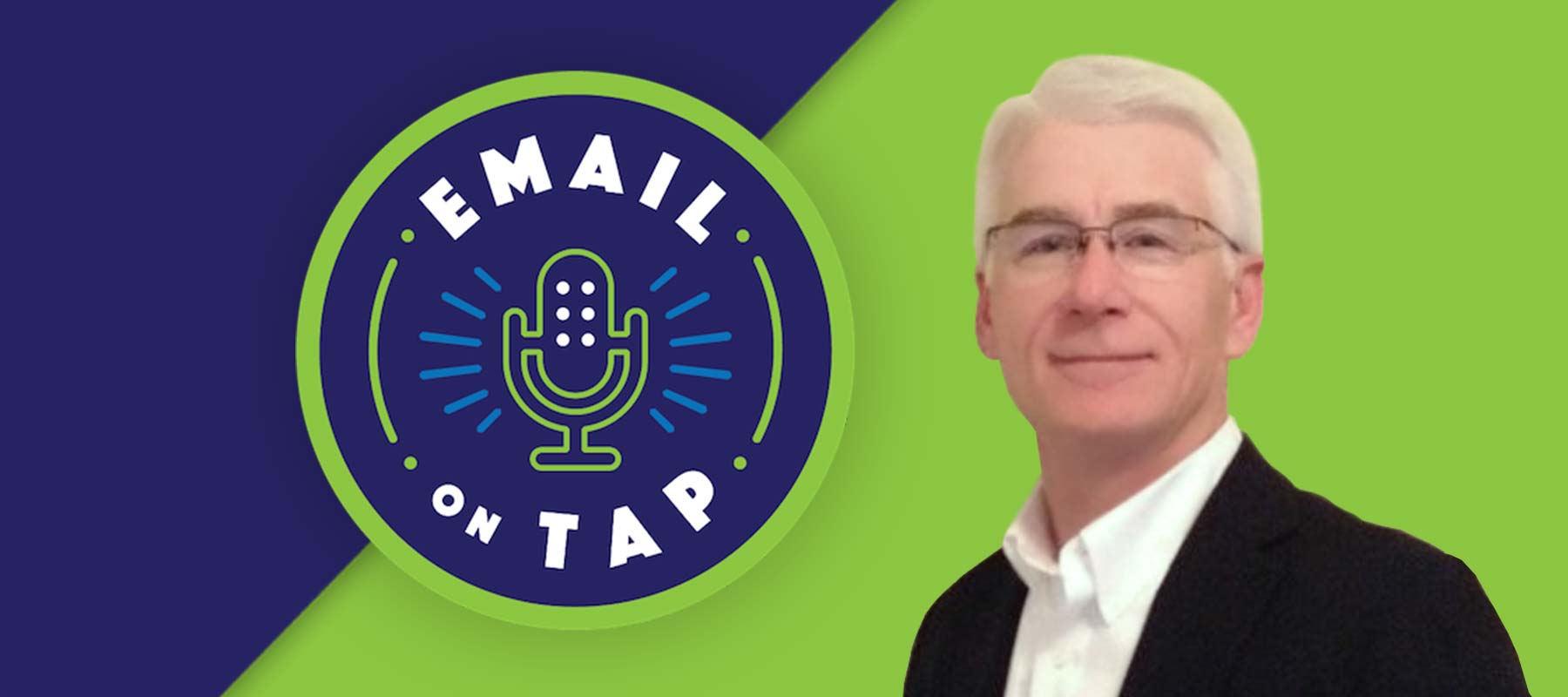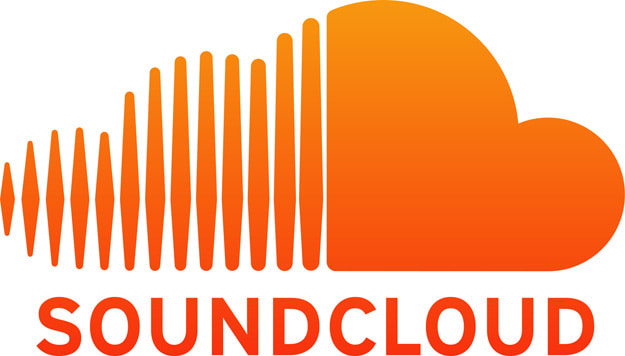Email Marketing
Email on Tap, Episode 17: Dan Rosenthal, Senior Director of Contact Strategy, Lands’ End
minute read

How is one of the most recognizable retail brands handling their email strategy? Anthony Chiulli sat down with Dan Rosenthal, senior director of contact strategy at Lands’ End, to better understand how email marketing fits into their success. Dan’s a unique perspective to have, as he doesn’t simply sell via email. He’s focused on the customer experience, be it during, before, and after a sale.
Let’s have Anthony and Dan tell you more.
(Keep scrolling for key timestamps and even a full transcript. Plus, find links to our podcast version!)
Total Run Time: 10 minutes
00:22 – Brief overview of Lands’ End history
1:54 – Email’s role in Lands’ End transformation into being more than a mail-order catalog
2:54 – A look into Lands’ End contact and personalization strategy
3:54 – Dan’s experience in “boomeranging” back to Lands’ End in a new role with email
5:41 – Lessons learned while navigating Black Friday and Cyber Monday
7:50 – Top priorities and initiatives for Lands’ End in 2020
Listen and subscribe on your favorite platform:
Transcript
Anthony Chiulli
Hi, everyone. And welcome to another episode of Email on Tap. I am your host, Anthony Chiulli. And I’m thrilled to be joined today by Dan Rosenthal. He is the senior director of contact strategy at Lands’ End. Dan, thanks so much for sitting down and being on the program.
Dan Rosenthal
Oh, thank you for having me.
AC
So tell me a little bit about Lands’ End. Because when I think of Lands’ End, it’s an iconic brand, but it actually has a very interesting backstory. Can you tell me a little bit about that story and its humble beginnings and what it represents today?
DR
Sure. We actually began as a sailing equipment mail order business in the sixties. Our founder was an avid sailor and saw a need for hardware, actually. Began there eventually selling apparel. Moved out of Chicago and into our current headquarters in Dodgeville in the early eighties. We expanded to become a purveyor, if you will, of men’s and women’s apparel. Eventually kids, school uniforms, logoed apparel for businesses, and three international subs. And then in 2002, we became a wholly owned subsidiary of Sears, which gave us an instant national retail presence, which we didn’t have. We were strictly mail-order direct business. Along the way, we had a lot of growth. And in 2014, we were divested from Sears and once again are a public company. We have begun rebuilding our store presence as a result of that. So very important to us that we’re both in the direct world and that we have a retail.
AC
And so Lands’ End is adapted, if you will, from a mail order catalog business to a very prominent e-commerce brand. What role has email played in that evolution?
DR
Well, I think it’s been an integral part of it because our beginnings and our founder was a magazine guy who really believed in the power of print and the written word. Our catalogs had a little humor to them, they were interesting. And that’s how email started. Email was just used as a way to tell additional stories and give information. And as the apparel industry has become extremely promotional, we have been able to adapt email to our customers to be able to not only provide promotions, but also expose them to a broader assortment of product that you normally wouldn’t have received just in a catalog, so.
AC
Contact strategy is obviously your bread and butter. What role or can you explain in general your contact strategy and what role does personalization play in that overall strategy?
DR
It’s really actually really very simple for us. We are trying to provide something that’s useful to our customer. We’re trying to solve a need. And so relevant context, or content, sorry, relevant content at the right time. Something that makes sense to the customer is really what we are all about. And actually whether it’s email or it’s a catalogue, direct mail, whatever it might be, I don’t think you can do that without personalization. And personalization means that you’re taking into account what those customers’ needs are. How do you meet their needs if you haven’t looked at who they are individually? So it’s the cornerstone for our strategy.
AC
I found it interesting when I was doing a little bit of research for this interview that you actually boomeranged back to Lands’ End after more than a decade at Lands’ End. But your primary experience was in analytics and forecasting only to return in a role that heavily involved email marketing. What was that journey and experience like?
DR
It’s been really interesting in a lot of ways. I think if you have a quality email program, if you really think about email the way it is today, where everyone is headed, it’s really just an outgrowth of analytics. We’re just taking analytics and converting it into some message to the customer. So I think that really prepared me understanding the business model that we had and what we’re doing. The challenge was learning about all the technical ins and outs of email. People don’t understand how really complicated it is. So learning things about hygiene, learning about deliverability, it was a little bit of a hill for me to climb. But at the same time, one thing that I’ve taken away as I’ve spent more time in the email spaces, a lot of people in email have been in email for their careers. They spend a lot of time in email. coming in as an outsider, I really was able to ask questions about, well, why do we do it this way? Do we have to do it this way?
AC
So you challenged the status quo.
DR
And basically had a free pass to do that. And I think it’s really resulted in a lot of progress for us. It has not been without a lot of… but it definitely, I think, has made us progress quicker because people tend to get stuck in the way they’ve done it. And so challenging that has actually turned out to be a good thing.
AC
Perfect segue into my next question. We recently just came off of Black Friday, Cyber Monday, peak season. Quite literally a make or break period for a lot of e-commerce brands. Over the years now, what have you learned or what lessons have you learned in successfully navigating this crucial period?
DR
Sure. Can’t stress enough to just—the planning and the communication. So using email as an example. We show assets up and down in the organization. Everyone knows what we’re going to be sending to our customers, when we’re going to be sending it. So that is a key. And preparing contingencies. So what happens if Thanksgiving or Black Friday don’t go quite like you thought they would. What are you going to do on Saturday, Sunday, Monday, Tuesday? How do you prepare for that? So having things in place gives you a great deal of comfort that you’re ready. Being nimble, I think, just goes with that. Right? Everybody hears that. But I think if you’re going to lead an email team in a large retailer, the thing you can really provide is calm. You need to be the voice of reason. You need to be the calm in the center of the hurricane, if you will, because email is, by its nature, the best way to react to business. And if everyone around you is scurrying and it’s chaos and you’re able to just say, “Okay, we have a plan. Let’s go to the contingency, we’ll launch this, we’re all set,” it gives people a great amount of comfort and I think the results are much better.
AC
I love that answer. I love how you talked about a contingency plan because to me it’s not if something happens or goes astray Black Friday, it’s when something happens. Because it never goes 100% according to plan. So I love that preparedness.
DR
Exactly. And somethings you can control and other things you can’t control. And so worrying about the weather, worrying about what some major competitor might do. You just don’t know. So you need to be prepared.
AC
Talk about some of the things that you are interested top priorities working into the new year in 2020.
DR
It’s really simple. For me, it’s expanding our use of dynamic content. For us to be able to personalize that scale, we need to be able to do more than what we’ve ever been able to do in email. And it’s not just being able to find the right audience with AI or something. That’s great, but we have a brand image that we want to maintain. So how do we move the photography? How do we add additional components that could be dynamic? How do we use subject lines that are appropriate for what we’re selling? That’s a challenge for us. And then other little pieces of the content. You marry that with audience selection. And some things we’re investigating and I’m really interested in because the nature of our business is just the cycle of how our customers interact with us based on our businesses. And how do we look at frequency? How is that personalized? How is, not just time of day, but when we think and predict when they might need us, when can we meet a need? That’s what I’m passionate about and I think that is what we’re going to be focused on in 2020.
AC
That’s exciting.
DR
Yeah.
AC
Dan, this has been a privilege. Thank you so much for sitting down.
DR
Thank you.
AC
And thanks, everyone, for tuning in. We hope to see you on another episode of Email on Tap.


